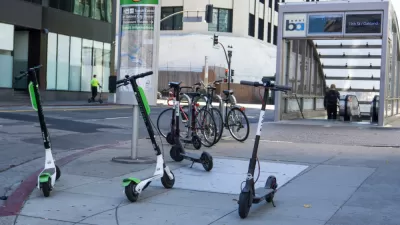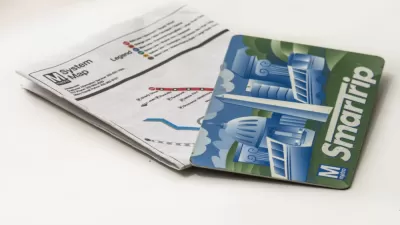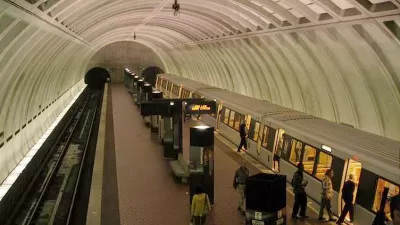Following an 11 percent drop in ridership in the last quarter, transportations experts are left scratching their heads as to where D.C.'s Metrorail riders have gone.

Lori Aratani of The Washington Post reports that transportation experts and Metro officials are trying to explain just where the transit system's riders have gone to after an 11 percent drop in ridership during the last quarter. While Metro Board chairman Jack Evans believes former riders have switched to single-person private vehicles ("I can tell by the congestion on the streets"), surveys have shown that commuters are finding alternatives that include bike share, Uber, Car2Go, and an increase in tele-commuting. One former rider notes that the switch away from Metrorail may also have something to do with the system's poor performance.
Melissa Dentch, 30, is an example of someone who is no longer wedded to a single way of getting around. She lives 2 1/2 blocks from a Metro station and used to use the transit system to get to her job at Georgetown University almost exclusively. Metro’s troubles prompted her to find other ways.
“I kind of feel like I’m Metro’s worst nightmare,” she said, explaining how she gets around town. “I own my own car, I have a Car2Go membership, I own a bike and I do bike share. There are so many options for the price that Metro’s charging . . . unless things improve, people are just going to find other options.”
FULL STORY: Metro’s multimillion-dollar mystery: Where have our riders gone?

Alabama: Trump Terminates Settlements for Black Communities Harmed By Raw Sewage
Trump deemed the landmark civil rights agreement “illegal DEI and environmental justice policy.”

Planetizen Federal Action Tracker
A weekly monitor of how Trump’s orders and actions are impacting planners and planning in America.

How Atlanta Built 7,000 Housing Units in 3 Years
The city’s comprehensive, neighborhood-focused housing strategy focuses on identifying properties and land that can be repurposed for housing and encouraging development in underserved neighborhoods.

In Both Crashes and Crime, Public Transportation is Far Safer than Driving
Contrary to popular assumptions, public transportation has far lower crash and crime rates than automobile travel. For safer communities, improve and encourage transit travel.

Report: Zoning Reforms Should Complement Nashville’s Ambitious Transit Plan
Without reform, restrictive zoning codes will limit the impact of the city’s planned transit expansion and could exclude some of the residents who depend on transit the most.

Judge Orders Release of Frozen IRA, IIJA Funding
The decision is a victory for environmental groups who charged that freezing funds for critical infrastructure and disaster response programs caused “real and irreparable harm” to communities.
Urban Design for Planners 1: Software Tools
This six-course series explores essential urban design concepts using open source software and equips planners with the tools they need to participate fully in the urban design process.
Planning for Universal Design
Learn the tools for implementing Universal Design in planning regulations.
Caltrans
Smith Gee Studio
Institute for Housing and Urban Development Studies (IHS)
City of Grandview
Harvard GSD Executive Education
Toledo-Lucas County Plan Commissions
Salt Lake City
NYU Wagner Graduate School of Public Service





























